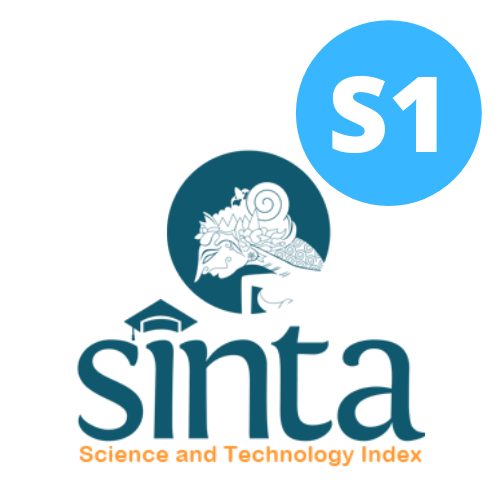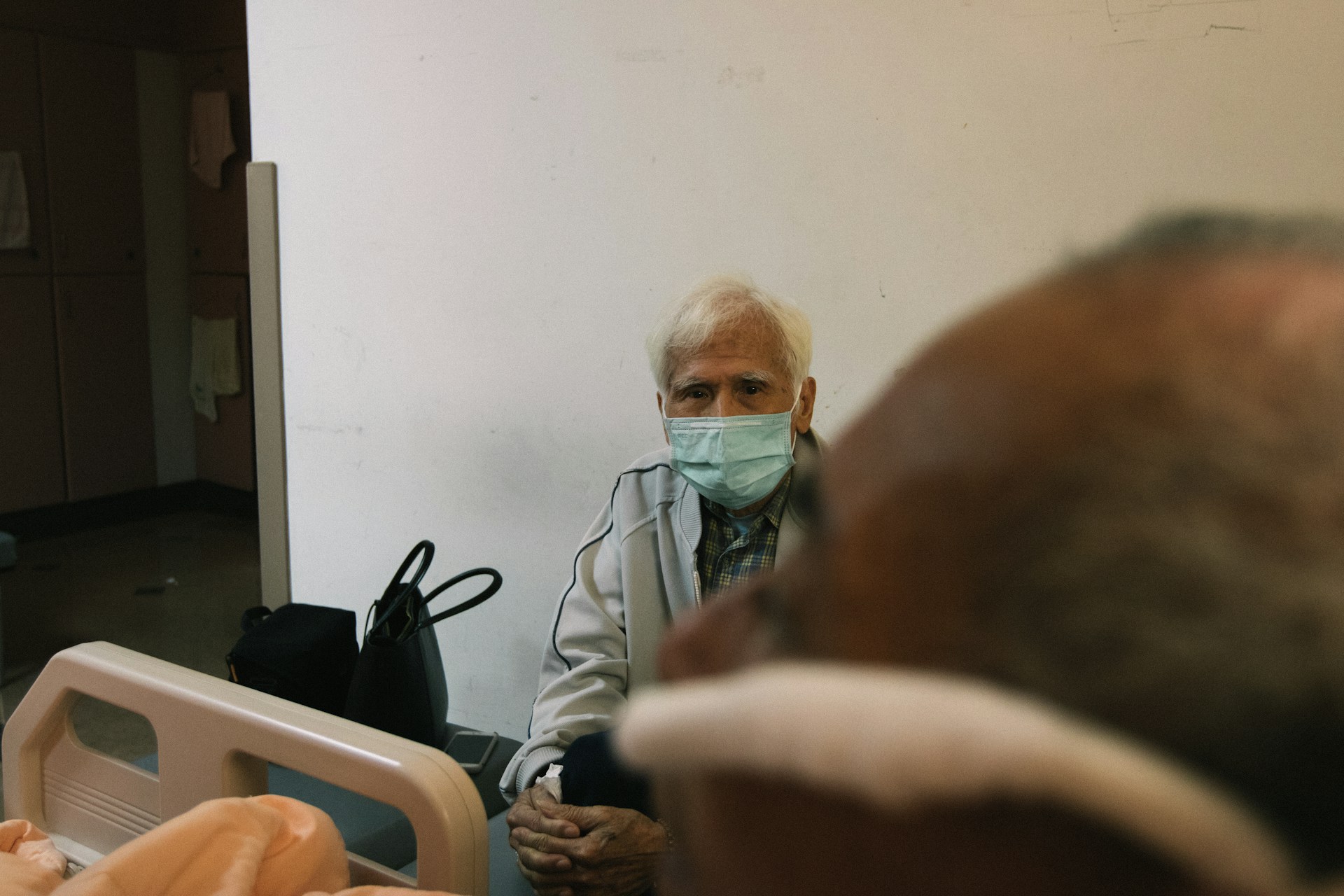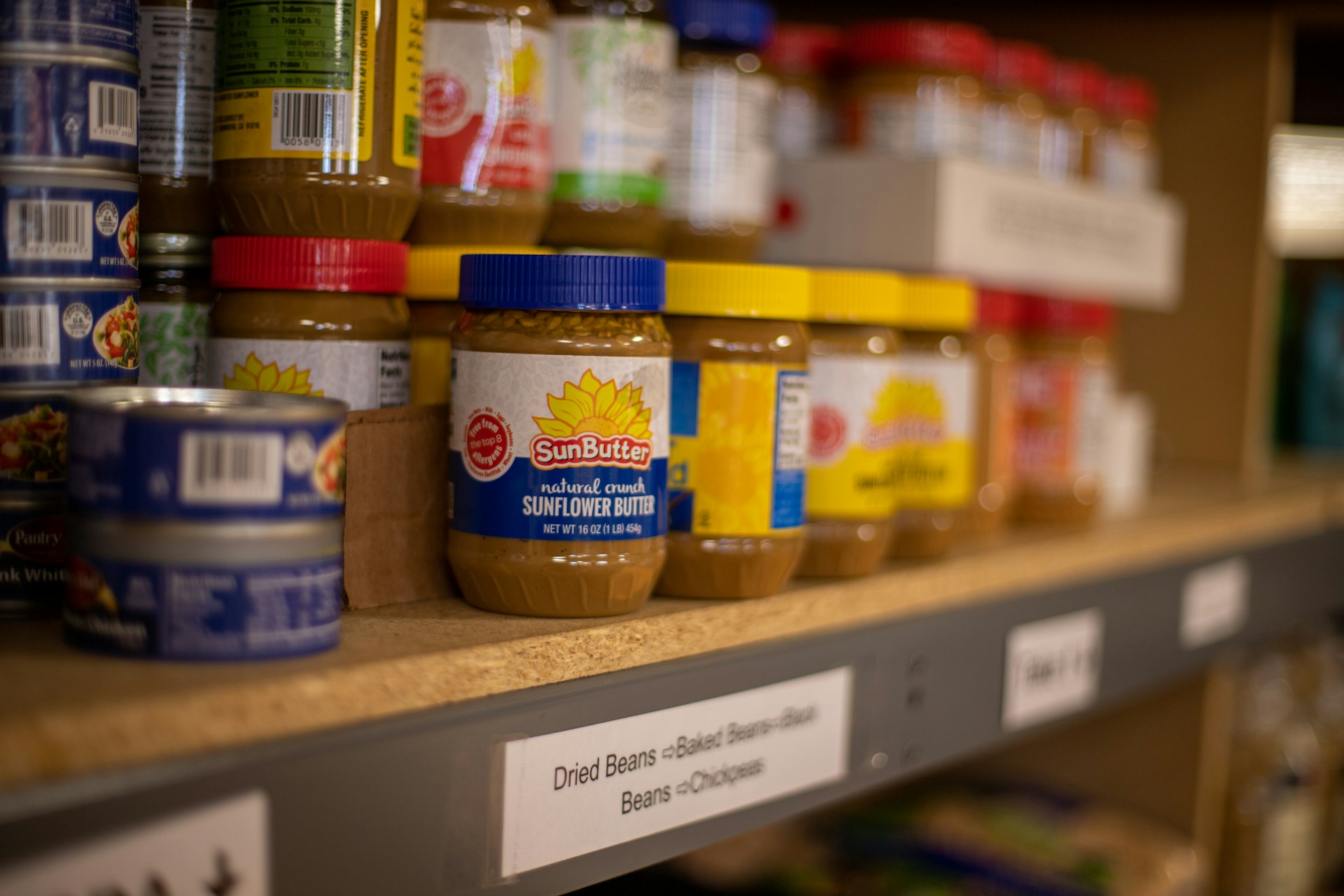The Effectiveness of WFH (Work From Home) during the Covid-19 Pandemic to Support the Provision of Exclusive Breastfeeding Practices with Direct Breastfeeding (DBF) for Working Moms
Efektivitas WFH (Work From Home) saat Pandemi Covid-19 sebagai Penunjang Pemberian Praktek ASI Eksklusif secara Direct Breast Feeding (DBF) pada Ibu Bekerja
Downloads
Background: The work pattern that occurs during the pandemic is working from home (Work from Home). Before the pandemic, breastfeeding mothers who worked normatively had the right to leave for three months. This regulation often becomes an obstacle for breastfeeding mothers who work to practice exclusive breastfeeding for 6 months using Direct Breast-Feeding (DBF).
Objectives: This study aims to analyze the effectiveness of WFH on the implementation of exclusive breastfeeding with DBF in working mothers.
Methods: The research design is a retrospective case control. The subject category was divided into two treatments: full WFH mothers and partial WFH mothers. The subject treatment groups were divided based on the method of breastfeeding: direct breastfeeding (DBF) and mixed feeding (MF). The subjects of this study were 27 working mothers, 20 mothers as cases, and 7 mothers as controls which were determined purposively.
Results: The difference test between the DBF breastfeeding method during the exclusive breastfeeding period and the WFH treatment showed a significant difference (p=0.000) between the partial WFH treatment and the choice of the exclusive breastfeeding method for DBF in infants. On the other hand, there was no significant difference (p=0.083) between the full WFH treatment and the choice of exclusive breastfeeding method for DBF in infants. The difference test between the WFH partial treatment and the DBF breastfeeding method during the exclusive breastfeeding period showed a significant difference (p=0.030). The difference test between the full WFH treatment and the DBF breastfeeding method during the exclusive breastfeeding period showed a significant difference (p=0.005). The mixed feeding method also showed that there were differences (p=0.000) in working mothers who were fully WFH.
Conclusions: Full WFH affects the success of exclusive breastfeeding with the DBF method. Full WFH during the Covid-19 pandemic in breastfeeding mothers proved effective for implementing the practice of exclusive breastfeeding using the DBF method.
Retno Ekawati, F. Hubungan Konsumsi Kopi dengan Status Gizi Pada Pekerja WFH Selama Covid-19 di Surabaya The Correlation Between Coffee Consumption With The Nutritional Status Of WFH Workers During Covid-19 in Surabaya. (2021).
Salain, P. P. P., Adiyadnya, M. S. putra & Rismawan, P. A. E. Studi Ekksplorasi Dampak Work From Home pada Kinerja Karyawan BUMN di Wilayah Denpasar di Masa Pandemi Covid-19. Jurnal Satyagraha 03, 19–27 (2021).
Smith, J. P. et al. Workplace support, breastfeeding and health. Family Matters 58–73 (2013).
Spagnoletti, B. R. M., Bennett, L. R., Kermode, M. & Wilopo, S. A. Multitasking breastfeeding mamas: middle class women balancing their reproductive and productive lives in Yogyakarta, Indonesia. Breastfeeding Review 25, 13–25 (2017).
Vilar-Compte, M. et al. Breastfeeding at the workplace: a systematic review of interventions to improve workplace environments to facilitate breastfeeding among working women. Int J Equity Health 20, 1–21 (2021).
Azad, M. B. et al. Infant feeding and weight gain: separating breast milk from breastfeeding and formula from food. Pediatrics 142, (2018).
Wallenborn, J. T. et al. Breastfeeding, physical growth, and cognitive development. Pediatrics 147, (2021).
World Health Organization. & UNICEF. Global strategy for infant and young child feeding. (World Health Organization, 2003).
World Health Organization. WHO child growth standards - methods and development. (World Health Organization, Department of Nutrition for Health and Development, 2007).
Kozhimannil, K. B., Jou, J., Gjerdingen, D. K. & McGovern, P. M. Access to workplace accommodations to support breastfeeding after passage of the Affordable Care Act. Women's Health Issues 26, 6–13 (2016).
Mao, Z., Lin, X., Tai, X. & Wang, J. Breastfeeding Supports for Two-Child Professional Women: A Case Study of Beijing, China. Asian Women 34, 111–134 (2018).
Bai, Y. K., Wunderlich, S. M. & Weinstock, M. Employers' readiness for the mother"friendly workplace: an elicitation study. Matern Child Nutr 8, 483–491 (2012).
Bradford, V. A. et al. Creating environments to support breastfeeding: the challenges and facilitators of policy development in hospitals, clinics, early care and education, and worksites. Matern Child Health J 21, 2188–2198 (2017).
Latorre, G. et al. Impact of COVID-19 pandemic lockdown on exclusive breastfeeding in non-infected mothers. Int Breastfeed J 16, 1–7 (2021).
Bastug, A. et al. Virolactia in an asymptomatic mother with COVID-19. Breastfeeding Medicine 15, 488–491 (2020).
Sachdeva, R. C., Jain, S., Mukherjee, S. & Singh, J. Ensuring exclusive human milk diet for all babies in COVID-19 times. Indian Pediatr 57, 730–733 (2020).
Rollins, N. C. et al. Why invest, and what it will take to improve breastfeeding practices? The lancet 387, 491–504 (2016).
McFadden, A. et al. Support for healthy breastfeeding mothers with healthy term babies. Cochrane Database of Systematic Reviews (2017).
Copyright (c) 2022 Amerta Nutrition

This work is licensed under a Creative Commons Attribution-ShareAlike 4.0 International License.
AMERTA NUTR by Unair is licensed under a Creative Commons Attribution-ShareAlike 4.0 International License.
1. The journal allows the author to hold the copyright of the article without restrictions.
2. The journal allows the author(s) to retain publishing rights without restrictions
3. The legal formal aspect of journal publication accessibility refers to Creative Commons Attribution Share-Alike (CC BY-SA).
4. The Creative Commons Attribution Share-Alike (CC BY-SA) license allows re-distribution and re-use of a licensed work on the conditions that the creator is appropriately credited and that any derivative work is made available under "the same, similar or a compatible license”. Other than the conditions mentioned above, the editorial board is not responsible for copyright violation.












































